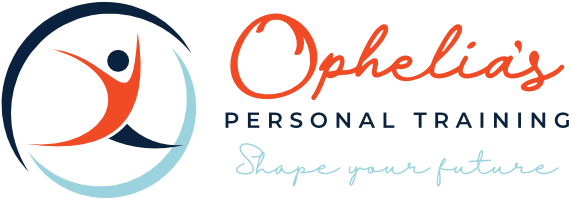Plant-based essentials: Where to start with a plant-based diet
F O O D & D R I N K / W E L L B E I N G & N U T R I T I O N
Does plant-based mean vegan?
Contrary to popular belief, vegan and plant based are two different things. Vegan omits all animal products from the diet and lifestyle, whereas plant based refers to a diet that omits animal products and focuses on plant foods.
Five steps to eating more plant based
1. Make simple swaps. Start by incorporating small changes that will build a foundation for you in the long run. If you try to jump in and go 100% plant based tomorrow, you will probably feel overwhelmed and will want to give up. Set the tone for your transition by incorporating small, simple swaps each and every day.
2. Pick one meal or a day to go vegan. Once you are comfortable with a few simple swaps in your routine, try to make one of your daily meals 100% plant based. Breakfast is an easy one to start with.
3. Focus on what you are adding, not taking away. Be sure to pivot the focus on all the things you can eat. Plant proteins (like beans, lentils, peas, tofu) should be the star of your plate. Then think about all the other wholefoods you can add to your diet, like wholegrains and healthy fats. Vegetables can be eaten in abundance.
4. Stay traditional. If you don’t plan and organise your meals properly, avoiding animal products can lead to a reliance on unhealthy processed plant protein or refined carbohydrates. Focus on whole plant foods (like in a traditional diet), rather than relying on processed foods (e.g., veggie burgers, sausages and vegan cheese). It’s OK to include processed plant-based meat alternatives such as veggie burgers, sausages or fake meat in your diet occasionally; however, the bulk of your diet should be based on whole, nutrient-dense plant foods.
5. Keep it interesting. Won’t I miss meat? That’s definitely something people wonder about; however, if you keep meals interesting you won’t miss meat. Think a nice lentil curry simmering with Indian spices served with brown rice, or a homemade black bean and quinoa burger served with guacamole and thick tomato slices on a wholegrain bun. The sky is the limit! Start exploring the world of plants. Get some recipe inspiration if you need some!
Want to go all the way and become vegan?
If you are following a vegan diet, then keep the following in mind:
Keep it varied. Vegans get most of their protein from beans, pulses, nuts and seeds. Other foods like grains and vegetables also contain protein in lower amounts; however, it is important to eat a combination of all plant-based foods, as the amino acids (building blocks of protein) found in plants are not complete like animal proteins.
Be aware of B12. B12 is a vitamin that is essential for energy. Vitamin B12 is only found naturally in animal products so, without these, it’s essential to eat foods fortified with vitamin B12 or take a vitamin B12 supplement. Speak to a registered dietitian or nutritionist or your GP to find out more about supplements.
Always marry your iron-rich foods with vitamin C. People following a vegan diet can get enough iron through plant foods (i.e., legumes, tofu, nuts and seeds, wholegrains, dried fruits and dark green leafy vegetables). However, the type of iron in plant foods (non-haem iron) is not as easily absorbed as that in animal foods (haem iron). To boost the absorption of iron from plant foods, you must include a vitamin C-rich food with meals. Foods rich in vitamin C include berries, citrus fruit, kiwi fruit, tomatoes or peppers.
Focus on omega-3 fats. Our body can’t make omega-3 fats itself, so it’s important to get them through food. The omega-3 fats in oily fish are in a different form from the omega-3 fats in plant foods. Our bodies can convert some omega-3 fats from plant sources into the more beneficial form found in marine sources, but the conversion rate is low. Plant sources of omega-3 fats include linseeds/flaxseeds, walnuts, chia seeds, canola oil and seaweed. There are also vegan marine omega-3 fat supplements available.
Stay conscious about calcium intake: As a vegan diet does not include dairy products, it is important to include other calcium-rich foods. Some good plant sources of calcium are calcium fortified milk alternatives, hard tofu, almonds, tahini (sesame seed paste), green leafy vegetables and dried figs.
By Dr Linia Patel PhD
Reference
https://www.fitpro.com/blog/wp-content/uploads/2022/11/FitPro-Client-Handout-Plant-Based-Eating.pdf

